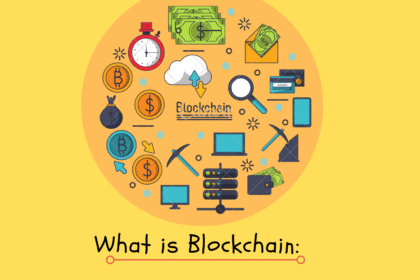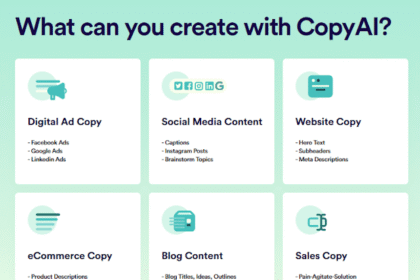Understanding Virtual Reality in Education
Virtual Reality (VR) technology immersively replicates a real or imagined environment, allowing users to interact within a three-dimensional space. VR has penetrated various sectors, and its application in education and training has proven to enhance learning experiences profoundly.
Types of Virtual Reality
-
Fully Immersive VR: This type uses specialized headsets and motion controllers to create a six-degree-of-freedom experience. Users feel completely immersed in the simulation, making learning more engaging.
-
Non-Immersive VR: This format utilizes screens and allows users to interact with a VR environment using a mouse or keyboard. While less immersive, it’s more accessible for institutions with budget constraints.
- Augmented Reality (AR): Although not fully VR, AR overlays digital elements onto the real world, enhancing traditional learning methods. Devices like tablets or smartphones can project 3D models relevant to the material being studied.
Applications in Education
-
Medical Training: VR offers medical professionals realistic surgical simulations. Trainees can practice procedures without risks, enhancing their skills in real-time situations. Platforms like Osso VR provide anatomy visualizations and procedural techniques, significantly benefiting both students and experienced practitioners.
-
Vocational Training: Industries such as automotive or construction utilize VR for hands-on training without the associated dangers of real-world practice. For instance, programs that simulate equipment operation allow users to experience scenarios like machinery failures in a controlled environment.
-
K-12 Education: Schools leveraging VR can provide students with virtual field trips to historical sites or interactive lessons on complex subjects like astronomy. Platforms like Google Expeditions allow teachers to take students on virtual explorations, significantly boosting engagement and retention of knowledge.
- Corporate Training: Organizations are employing VR to enhance employee onboarding and skills training. Companies like Walmart use VR to simulate customer interactions, teaching employees how to handle various service scenarios efficiently.
Benefits of VR in Education
-
Enhanced Engagement: VR captures students’ attention in ways traditional methods may not. Engaged students are more likely to absorb and retain information. Gamified VR experiences further incentivize learning.
-
Safe Learning Environment: VR allows for the simulation of high-risk scenarios in a safe setting, reducing the likelihood of accidents or injuries. This is particularly vital in vocational training or situations involving machinery.
-
Customized Learning Experiences: VR offers tailored learning paths suited to individual needs. Students can progress at their own pace, revisiting complex subjects until comprehension is achieved.
- Global Collaboration: VR facilitates remote learning by allowing students from different geographical locations to collaborate in shared virtual environments. This promotes diversity in learning experiences and cross-cultural exchanges.
Implementing VR in Education
-
Assess Institutional Needs: Before implementation, educational institutions should evaluate their needs. Understanding which subjects benefit most from VR technology is crucial for effective integration.
-
Invest in Technology: Schools and organizations must invest in appropriate VR hardware and software. Budget considerations should focus on future scalability and maintenance costs.
-
Train Educators and Trainers: Successful VR implementation requires instructors to be adept at using the technology. Offering professional development workshops can ensure educators are comfortable with VR tools and their applications.
-
Develop Structured Content: Collaborate with content creators to develop structured VR experiences relevant to the curriculum. The content should align with learning objectives for maximum effectiveness.
- Gather Feedback and Iterate: After VR experiences are deployed, it is essential to collect feedback from users. This input is invaluable for making adjustments and improvements to enhance future iterations of the program.
Challenges of Using VR in Education
-
High Costs: The initial investment for VR technology can be substantial. Schools may encounter obstacles regarding funding and resources, making widespread adoption challenging.
-
Technical Issues: Maintaining software and hardware can present ongoing challenges. Institutions must ensure regular updates and troubleshooting capabilities to minimize disruptions.
-
Curricular Integration: Seamlessly integrating VR into existing curricula requires careful planning. Educators need to ensure that VR experiences complement the learning objectives rather than distracting from them.
- Accessibility: Not all students may have equal access to VR technology, especially in underserved communities. Educational institutions need to consider how to provide equitable access to ensure all students benefit.
Future Trends in VR Education
-
Increased Content Variety: As demand for VR in education grows, expect a wider array of subjects and applications. Companies are already expanding their offerings to include diverse learning scenarios.
-
Artificial Intelligence Integration: The incorporation of AI could provide personalized learning experiences within VR environments. AI can adapt challenges and content based on user performance, enhancing engagement.
-
Competitive Gaming Elements: The incorporation of gamification could make VR learning environments more effective. By developing competitive elements, students may find motivation through friendly competition.
- Wider Adoption in Remote Learning: As remote education continues, VR may play a vital role in providing immersive learning experiences. This will make education more engaging and interactive, bridging geographic divides.
Conclusion
Virtual reality holds immense potential to transform education and training by enhancing engagement, providing safe learning environments, and personalizing experiences. With careful planning, investment, and commitment from educators, VR can become an integral part of the modern educational landscape, preparing students for future challenges and opportunities. By staying informed about the challenges and future trends, educational institutions can navigate the exciting yet complex world of VR education effectively.





